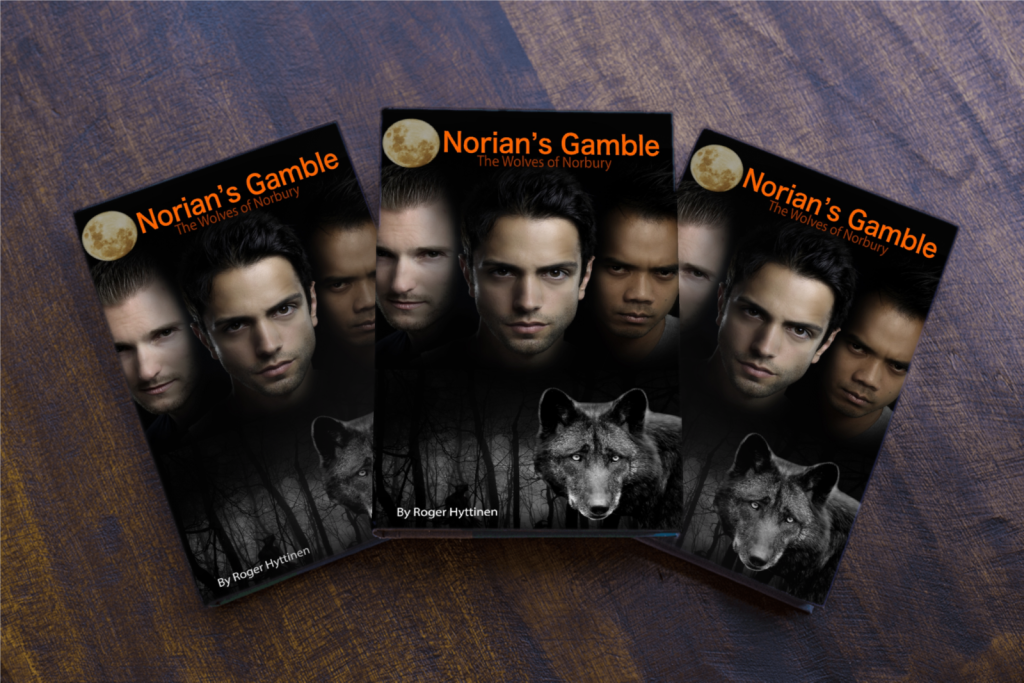
This post is mainly for my writer friends though anyone who enjoys YA novels may find it of interest.
So, experience has shown me that writing teen characters isn’t just about sprinkling in a couple of “likes” and calling it a day. Teens aren’t little kids, and they’re not adults either—they’re kinda in-between liminal creatures, like those weird amphibians you learn about in science class that live in water and on land and somehow survive off algae and sheer stubbornness.
When I was writing my young adult series, I did a ton of research on how to make teen voices feel natural—not just because I wanted the dialogue to ring true, but also because I read a lot of YA fiction for fun and absolutely hate it when a teen character sounds like a 47-year-old philosophy professor. Especially when we’re talking about queer teens. LGBTQ+ adolescents often navigate a totally different emotional landscape, full of secrecy, self-discovery, awkward crushes, internalized guilt, external labels…the whole rainbow-flavored psychological buffet.
Anyway, here are some things I learned along the way:
Teens Are Not a Monolith
Don’t write every teen as snarky or rebellious or angst-ridden. Sure, some are, but others are painfully earnest, overly polite, deeply nerdy, ridiculously optimistic, or just exhausted. Capture the individuality. A teen who binge watches Ghibli movies while knitting in their room is going to talk differently than a queer kid who secretly goes to underground drag shows in the city on Friday nights.
Put Emotion in the Gaps
Teens don’t always say what they feel. In fact, most of the time, they aggressively don’t. They hide behind sarcasm, jokes, distraction, or silence. When a teen is scared or confused (especially about sexuality or identity), they might talk around the issue rather than about it.
Example:
“I mean, whatever, it’s not like I like him or anything…he just has a nice smile. Whatever.”
They’ll flood a moment with disclaimers (whatever, I dunno, kinda, maybe, I guess) because the truth is too naked and terrifying.
Vary the Rhythm
Teen speech often jumps from topic to topic like a squirrel on espresso. One minute they’re talking about the chemistry test, the next they’re spiraling over a TikTok trend, then they’re—oh my god—panicking because their crush just liked their Instagram post from four months ago.
That rhythm—fast, fragmented, sometimes awkwardly paused—is what makes it feel real. Don’t be afraid to give them unfinished sentences, abrupt transitions, or sudden moments of self-consciousness.
They Absorb the World Around Them
Queer teens, especially, pick up language from online spaces, fandoms, friend groups, LGBTQ+ creators, etc. Somebody growing up in a rural town with no queer community in sight might sound totally different than someone in a progressive school with an active GSA. Let their environment influence their voice.
Internal Monologue Matters (A LOT)
It’s not just the dialogue that needs to sound believable—it’s their thoughts. Teens overthink everything.
Did they laugh too loud? Was that text too aggressive? Are they even allowed to exist or are they cosmically cursed to always feel out of sync?
Let the internal voice spiral a bit. Let it contradict itself. One second they’re convinced the world is ending, the next they’re casually eating cereal and humming. That emotional whiplash is very teenage.
Let Them Be Funny (Even When They’re Not Trying)
Teens often use humor as a coping mechanism. Even shy kids end up saying unintentionally hilarious things while trying to make sense of their feelings:
“So yeah, I might be like… attracted to guys. Or pizza. Honestly not sure which one is giving me more anxiety right now.”
Let those little unexpected jokes land naturally in the middle of chaos.
YA Novels Are Your Best Teachers
Seriously. Read them. (I mean, you probably already do—YA is wonderful and sometimes I enjoy it more than “adult” fiction because it tends to cut straight to the emotional guts without pretending not to care.) Notice how the pacing of the dialogue works in authors like Becky Albertalli or Adam Silvera—the way they balance humor with low-key heartbreak.
Listen Before You Write
Eavesdrop (respectfully! No lurking in bushes). Overhear real conversations at coffee shops, school campuses, gaming servers, YouTube comment sections, Discord chats. Just absorb how actual modern teens phrase things.
And for LGBTQ+ teens specifically? If you’re not part of that community, read their stories. Watch their videos. Follow their channels. It isn’t about mimicking their slang—it’s about understanding the emotional territory they’re navigating.
Alright, I’ll stop rambling now. Hopefully this gave you some useful ideas (or at least a couple of “ohhh right” moments).

- A werewolf bite.
- The search for a cure.
- Discovering a pack
- A potential mate named Kalen.
- A vengeful sorcerer…
Norian’s Gamble – did he make the right decision?
